The Cooper’s Hawk is a relatively large bird of prey known by several different names based on the region you live in. Some people call these hawks strikers, chicken hawks (confusingly along with the red-tailed hawk and the sharp-shinned hawk), hen hawks, quail hawks, and more.
These birds live across virtually the entire United States, into some portions of southern Canada, and into much of Mexico. Read on to learn about the Cooper’s Hawk.
Description of the Cooper’s Hawk
These birds have beautiful plumage. The feathers on their backs are slate grey, and the feathers on their underbellies are white and red barred. The undersides of their wings are light colored, with dark colored barring.
Like all birds of prey, they have sharp talons on their feet, and sharp curved beaks. These hawks weigh about a pound, and have a wingspan up to three feet across.
Interesting Facts About the Cooper’s Hawk
These hawks are widespread and common, so what makes them so unique? Learn more about the different traits and behaviors of this bird below.
- The Ladies Wear the Pants – Ok, so no hawks wear pants, but female Cooper’s are definitely in charge of the relationship. Female hawks are significantly larger and more powerful than males. Because the female could seriously injure the male, he is always submissive and cautious when interacting with his mate.
- A Birder’s Conundrum – Many people enjoy putting out bird feeders, which attract birds to your backyard or garden. Unfortunately, Cooper’s Hawks specialize in hunting small bird species. If your birdfeed accidentally attracts an unwanted hawk, simply take the feeder down for a day or two. Hawks move on when there isn’t any food to catch.
- Dangerous Game – Hunting birds is not easy work, and many Cooper’s suffer from this feeding method. These hawks commonly run into branches or bushes while pursuing prey. Sometimes these collisions end with a broken bone, particularly in the chest.
Habitat of the Cooper’s Hawk
These birds hunt smaller birds, and they usually live in ecosystems with plenty of other bird species. What’s the best place to find birds? The forest, of course! They live in mixed forests, deciduous forests, woodlands, and more.
As human cities attract more pigeons and doves, these Hawks have begun to adapt to urban living. These birds also hunt in parks, gardens, on farms, and even in cities.
Distribution of the Cooper’s Hawk
This hawk species lives in North America, primarily in the United States. Populations in the United States live there year-round.
The hawks in the northernmost United States and southern Canada migrate during the winter. These birds also range south into Mexico and portions of Central America. These birds are common across most of their range.
Diet of the Cooper’s Hawk
Like all birds of prey, Cooper’s Hawks are carnivorous, and feed only on meat. They eat a wide variety of prey, though smaller males feed on smaller meals. Their diet consists primarily of small birds like starlings, blackbirds, and bobwhite quail.
Though they frequently hunt birds, these hawks will eat a variety of other prey on occasion. They also eat chipmunks, squirrels, mice, rats, snakes, lizards, frogs, and more.
Cooper’s Hawk and Human Interaction
These birds are common and widespread, with stable populations across most of their range. In the past, their populations have suffered, primarily due to the introduction of the pesticide DDT.
After banning DDT, Cooper’s Hawks, peregrine falcons, brown pelicans, and many other species recovered magnificently. Nowadays, these birds are plentiful, but they still face habitat destruction. The IUCN lists them as Least Concern.
Domestication
Humans have not domesticated Cooper’s Hawks in any way.
Does the Cooper’s Hawk Make a Good Pet
No, Cooper’s Hawks do not make good pets. They are wild birds, not friendly towards humans, and need lots of space to fly. These birds are also dangerous if threatened, and they can use their sharp beaks and talons to defend themselves. In most places, it is illegal to own, capture, kill, or harm any species of hawk.
Cooper’s Hawk Care
Most Cooper’s Hawks in zoos were born there, or they came from the wild as rescues. As we discussed above, broken bones are not uncommon when flying through dense forest at high speeds.
If a hawk becomes injured, and it cannot survive in the wild, zoos or aquariums will give them homes. The hawk serves as an ambassador for its species, and helps teach visitors about the importance of conservation.
The zookeepers feed the hawks a variety of rats, mice, chicks, fish, and other similar foods.
Behavior of the Cooper’s Hawk
Like most hawks, this species is diurnal, or active during the day. They hunt via ambush, and wait on tree branches for small prey to pass by. Once they have spotted a meal, they swoop down quickly and attempt to catch it.
These hawks are solitary predators, and do not socialize with other members of their species. The only time they interact with one another is to reproduce.
Reproduction of the Cooper’s Hawk
Most Cooper’s Hawks breed with the same partner year after year, though they do not interact outside of the breeding season. Males collecting the nesting material, and the females build the nest.
Once they finish the nest, the female lays four or five eggs and incubates them for a little over a month long. While the female is incubating the eggs, the male brings her food. It takes about a month for the chicks to learn to fly, but their parents still care for them until they are two months old.

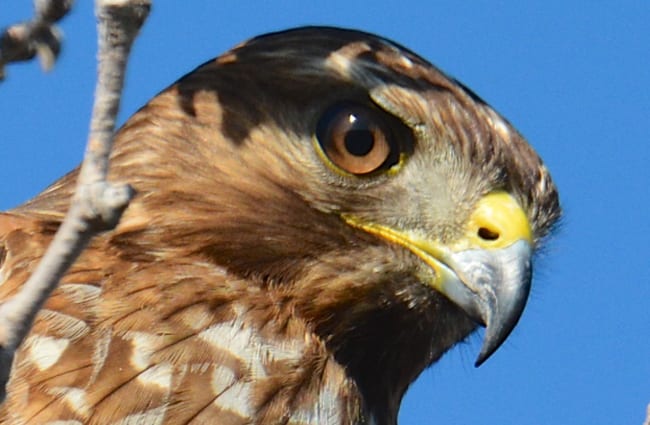
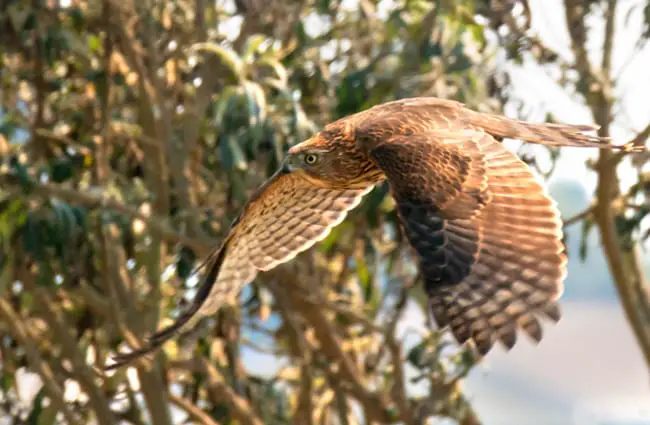

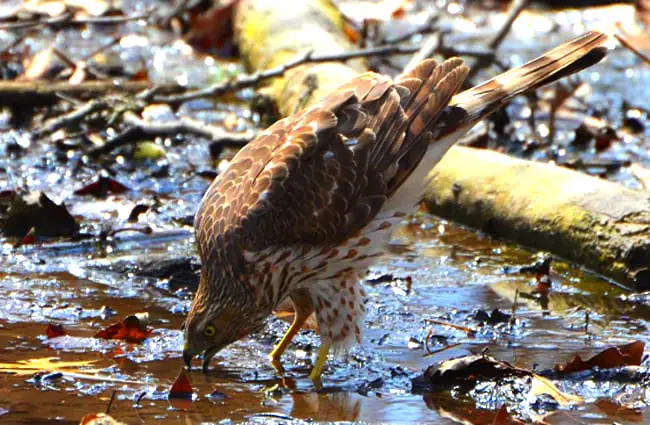


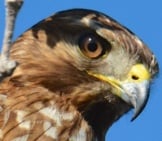

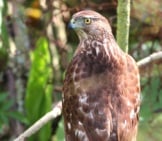
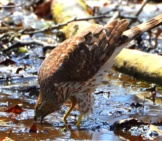
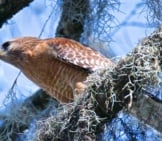
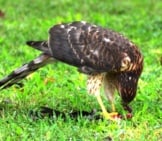
![Red Angus Closeup of a beautiful Red Angus cowPhoto by: U.S. Department of Agriculture [pubic domain]https://creativecommons.org/licenses/by/2.0/](https://animals.net/wp-content/uploads/2020/03/Red-Angus-4-238x178.jpg)












![Red Angus Closeup of a beautiful Red Angus cowPhoto by: U.S. Department of Agriculture [pubic domain]https://creativecommons.org/licenses/by/2.0/](https://animals.net/wp-content/uploads/2020/03/Red-Angus-4-100x75.jpg)

